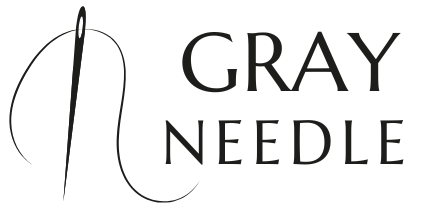Puckering is a common issue that many sewing enthusiasts encounter, often leading to frustration and disappointment in their projects. Understanding the underlying causes of puckering in sewing fabric is crucial for achieving smooth, flawless seams that enhance the overall appearance of your work.
Generally, puckering occurs when the fabric gathers or bulges unevenly during the sewing process. This can be attributed to several factors:
- Incorrect Tension: If the tension on your sewing machine is too tight or too loose, it can cause the fabric to pucker. Always test your tension settings before starting a new project.
- Using the Wrong Needle: The type of needle used can significantly affect the outcome. A needle that is too thick for the fabric can create holes, leading to puckering.
- Inconsistent Fabric Feed: If the fabric is not fed evenly through the machine, it can cause uneven stitches and puckering. Ensure that the fabric is aligned properly as you sew.
- Inappropriate Stitch Type: Some stitches are more prone to puckering than others. For instance, using a straight stitch on very stretchy fabrics can lead to undesirable results.
By recognizing these factors, you can adjust your sewing techniques accordingly to minimize puckering. Visit our website to learn more and get started today! Click here.
Choosing the Right Sewing Fabric Type
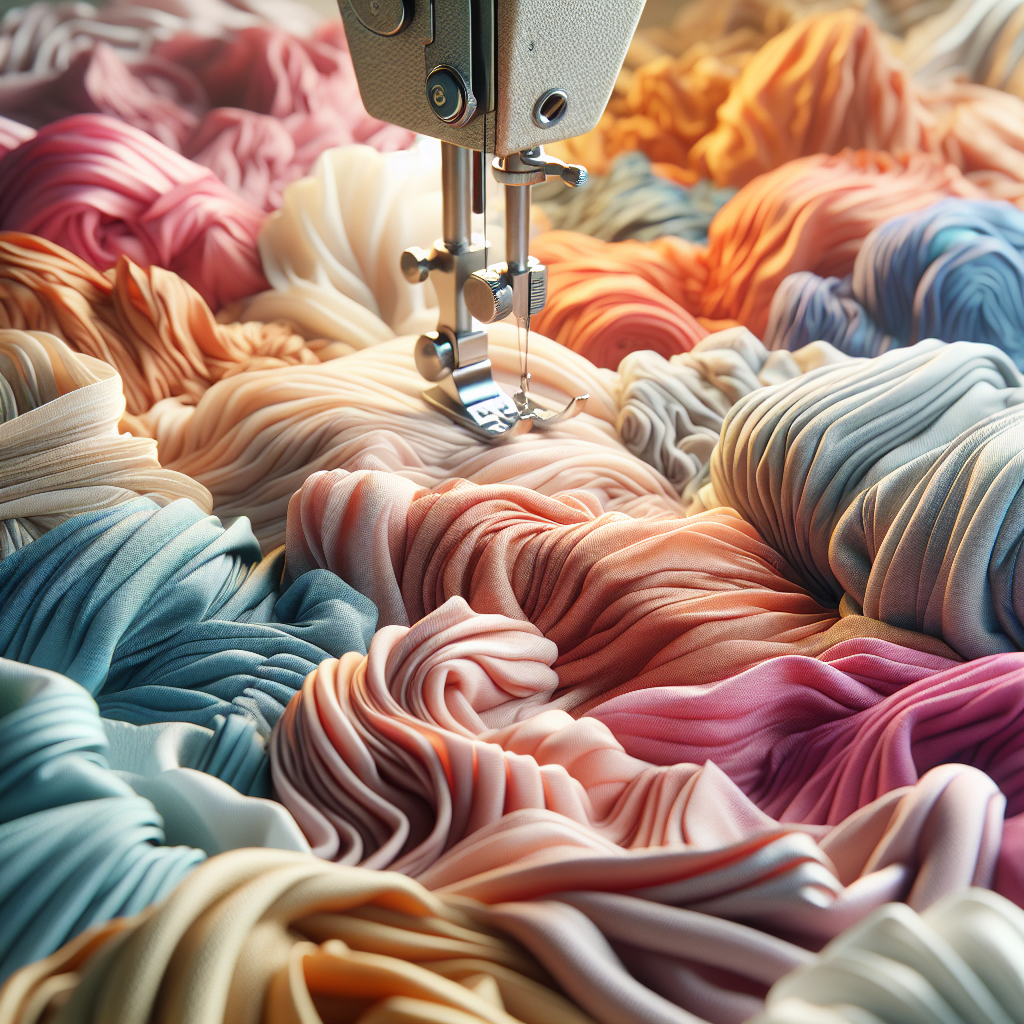
When it comes to sewing fabric without puckering, selecting the right type of fabric is essential. Different fabrics have unique properties that can influence how they behave during the sewing process. Understanding these characteristics will help you make informed choices that lead to better results.
Here are some popular fabric types and their implications for sewing:
- Cotton: Cotton is a versatile and widely used fabric in sewing. It generally has a stable structure, making it less prone to puckering. However, lightweight cottons may require interfacing or careful handling to avoid distortion.
- Silk: Silk is luxurious and smooth, but its delicate nature can lead to puckering if not handled properly. Use a fine needle and take your time to ensure even stitching.
- Knits: Knits are stretchy and can easily pucker if sewn with a straight stitch. Utilizing a zigzag stitch or a ballpoint needle can help maintain fabric integrity and prevent puckering.
- Denim: Denim is heavier and can be unforgiving if not sewn correctly. Employing a walking foot can assist in feeding the fabric evenly, reducing the risk of puckering.
By carefully selecting the appropriate fabric type for your project, you can achieve smoother seams and minimize the chances of puckering. The right fabric not only enhances the final product but also makes the sewing experience more enjoyable.
Essential Tools for Puckering-Free Sewing
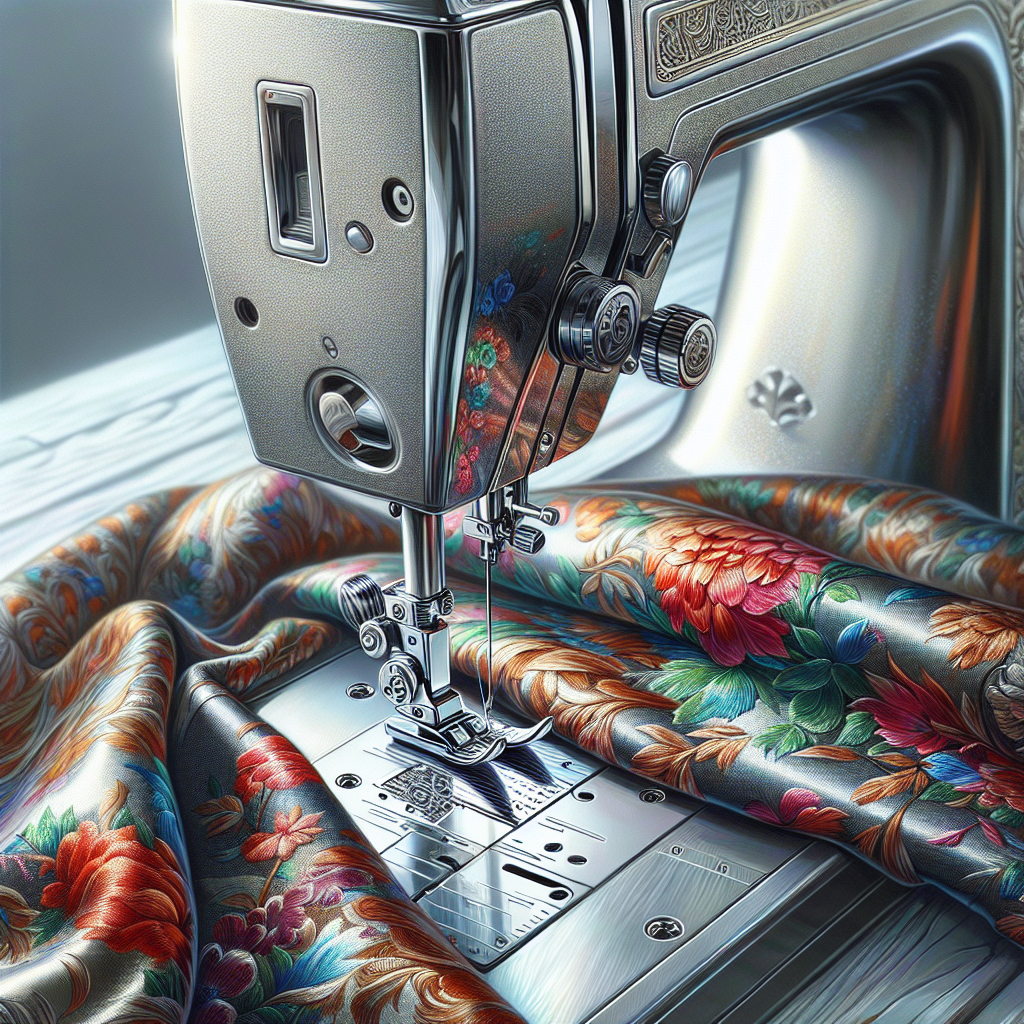
Equipping yourself with the right tools is crucial for achieving puckering-free sewing. The tools you use can significantly affect the quality of your stitches and the overall outcome of your sewing projects. Here are some essential tools that every sewing enthusiast should have:
- Sewing Machine: A reliable sewing machine is your primary tool. Look for machines that offer adjustable tension settings and various stitch options, as these features help you adapt to different fabric types.
- Walking Foot: This specialized foot is designed to feed multiple layers of fabric evenly, reducing the risk of puckering, especially with thicker materials like quilts or denim.
- Needles: Different fabrics require different needle types. Using the correct needle, such as a ballpoint needle for knits or a sharp needle for woven fabrics, can prevent fabric damage and promote smooth stitching.
- Thread: Quality thread is essential for a successful sewing project. Opt for threads that match the fabric’s weight and type; for instance, use polyester thread for stretch fabrics and cotton thread for woven fabrics.
- Iron and Ironing Board: Pressing your seams during the sewing process can drastically improve the finished look. A good iron will help you smooth out any wrinkles and ensure that seams lay flat.
By using these essential tools, you can create a more controlled sewing environment, which significantly reduces the chances of puckering and enhances the overall quality of your sewing projects.
Techniques to Prevent Fabric Puckering
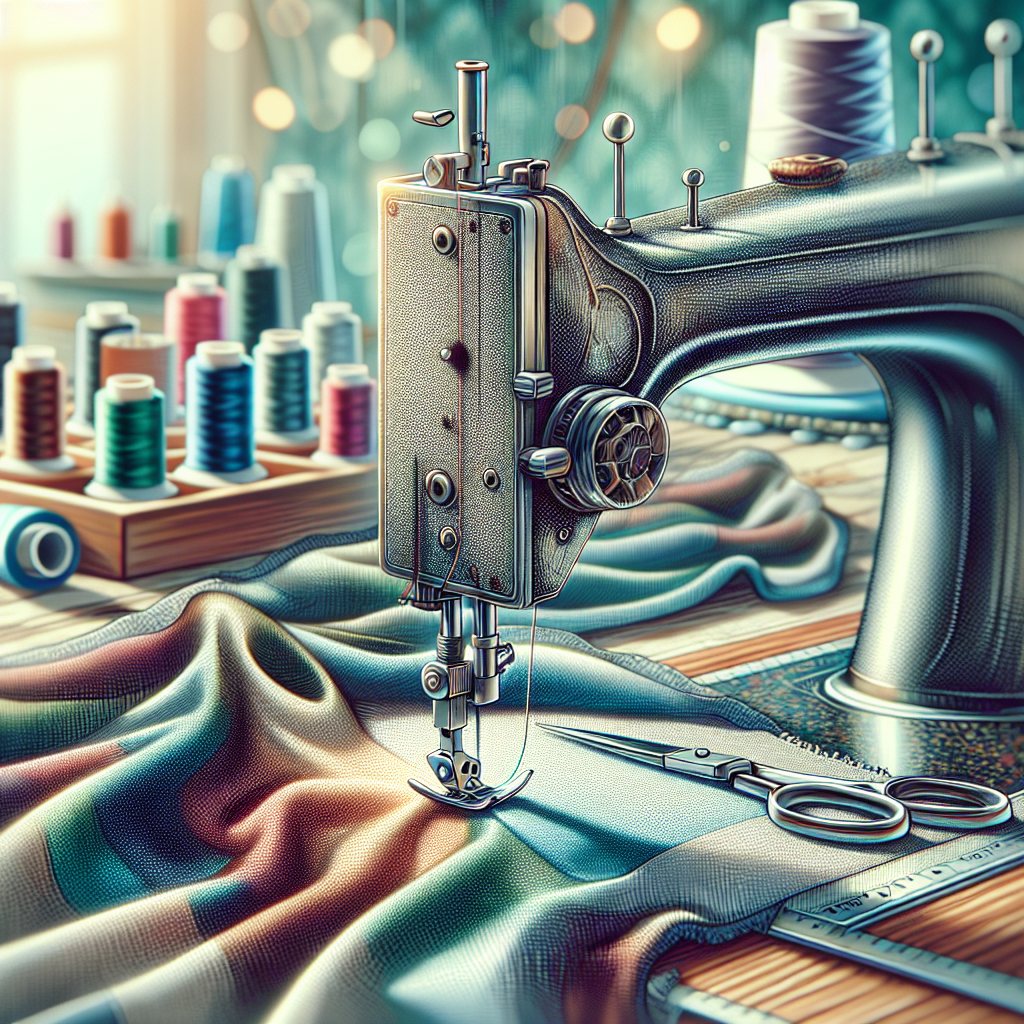
To achieve beautifully finished seams, it is vital to implement effective techniques that prevent fabric puckering. Here are several methods you can incorporate into your sewing routine:
- Proper Tension Adjustment: One of the most critical factors in preventing puckering is ensuring that your machine’s tension is correctly set. Too tight tension can cause the fabric to gather, while too loose tension can lead to weak stitches. Always test on a fabric scrap before starting your project.
- Use Stabilizers: For lightweight or stretchy fabrics, using a stabilizer can provide the extra support needed to keep your fabric flat while sewing. There are different types of stabilizers available, including tear-away and fusible options, depending on your project.
- Employ a Longer Stitch Length: Reducing the stitch length can encourage puckering. Instead, opt for a slightly longer stitch when sewing delicate fabrics, as this allows for more fabric movement without gathering.
- Sewing with a Loose Fit: If your project allows, consider sewing with a looser fit. This can help reduce the tension on the fabric, allowing it to move more freely and preventing puckering.
- Pinning and Basting: Taking the time to pin or baste your fabric layers together before sewing can help maintain their alignment and prevent shifting. This is especially helpful when working with slippery or delicate fabrics.
By integrating these techniques into your sewing process, you can significantly reduce the likelihood of puckering, resulting in cleaner seams and a more professional finish to your projects.
Adjusting Tension for Perfect Stitches
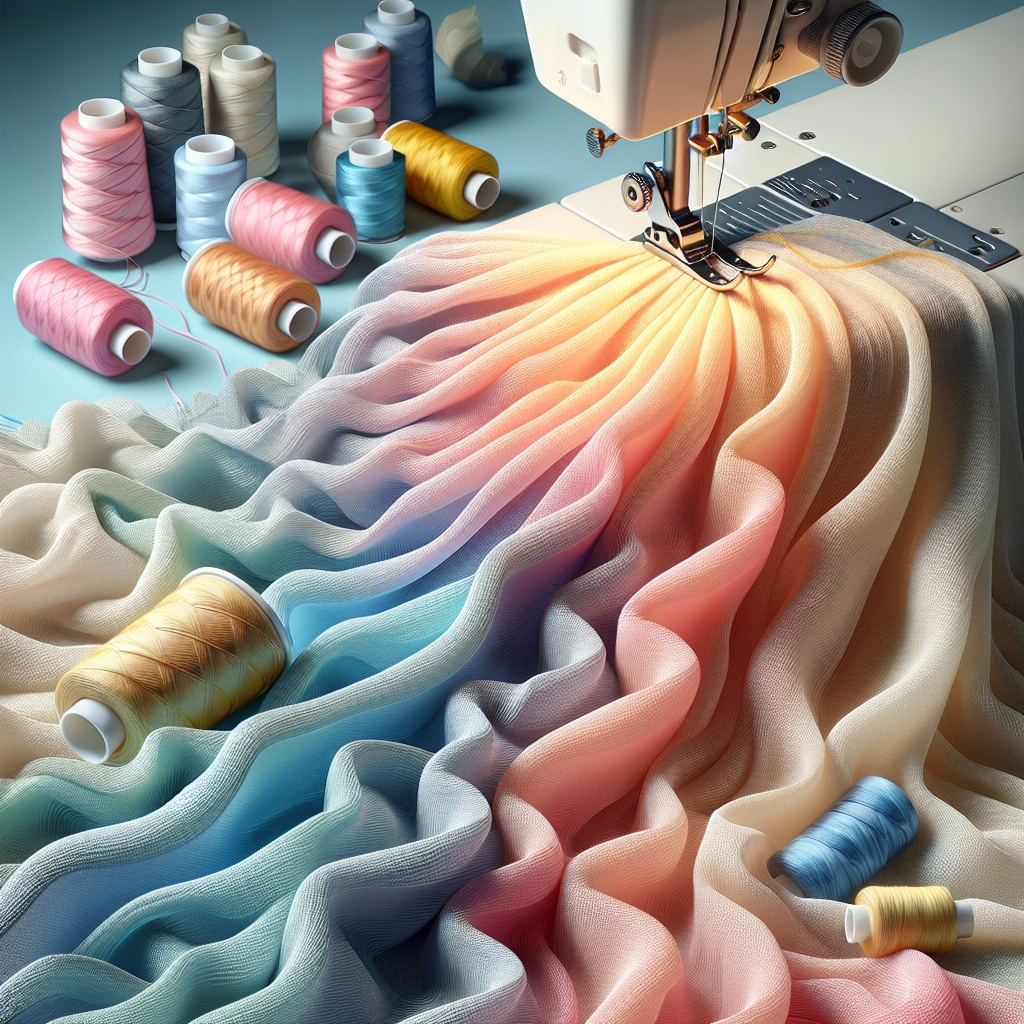
Adjusting tension is a crucial step in achieving perfect stitches while sewing. The tension settings on your sewing machine control how tightly the upper thread is pulled against the lower thread, directly affecting the quality of your stitches. Here are some key points to consider when adjusting tension:
- Understanding Tension Settings: Most sewing machines come with a tension dial, typically ranging from 0 to 9. A lower number means looser tension, while a higher number increases the tightness. Familiarize yourself with your machine’s settings to find the sweet spot for various fabrics.
- Testing Before You Sew: Always perform a test stitch on a scrap piece of the same fabric you plan to use for your project. This will help you identify the ideal tension settings before committing to your final piece.
- Signs of Incorrect Tension: Keep an eye out for signs that indicate your tension needs adjustment. If you notice thread loops on the underside of your fabric, or if the top thread is pulling too tightly, it’s time to tweak your settings.
- Adjusting for Different Fabrics: Different fabrics require different tension settings. For example, lightweight or sheer fabrics often need a lower tension, while thicker fabrics may require a higher setting. Take the time to adjust your tension for each new fabric type.
- Upper and Lower Thread Balance: Remember that both upper and lower threads need to work in harmony. If you adjust the upper tension, check the bobbin tension as well. Sometimes, a simple bobbin adjustment can resolve tension issues.
By understanding and adjusting the tension settings on your sewing machine, you can achieve beautifully balanced stitches, leading to professional-quality seams that enhance the overall appearance of your sewing projects.
Finishing Techniques for Smooth Seams
To achieve flawless seams, it’s essential to incorporate effective finishing techniques into your sewing projects. These techniques not only enhance the durability of your seams but also contribute to a polished and professional appearance. Here are some methods to consider:
- Overlocking: Using an overlock machine helps to trim the raw edges of your fabric while simultaneously enclosing them in a thread casing. This prevents fraying and creates a clean finish.
- French Seams: Ideal for sheer or lightweight fabrics, French seams provide a neat finish by enclosing raw edges within the seam itself. Simply sew a narrow seam, trim the excess fabric, and then sew another seam to encase the edges.
- Bias Binding: Using bias tape to finish the edges of your fabric gives a decorative touch while securing the raw edges. This technique works well for armholes, necklines, and hems.
- Pinked Edges: If you’re in a pinch, using pinking shears to cut the edges of your fabric can help reduce fraying. This method is quick and works well for fabrics that don’t unravel easily.
- Hong Kong Finish: This method is ideal for unlined jackets or garments made from fabric that frays easily. It involves binding the raw edges with bias tape, creating a beautifully finished edge.
Incorporating these finishing techniques will not only enhance the appearance of your seams but also increase the longevity of your garments. With practice, you’ll master these techniques and elevate your sewing skills.
Ready to take your sewing projects to the next level? Visit our website to learn more and get started today! Click here.
